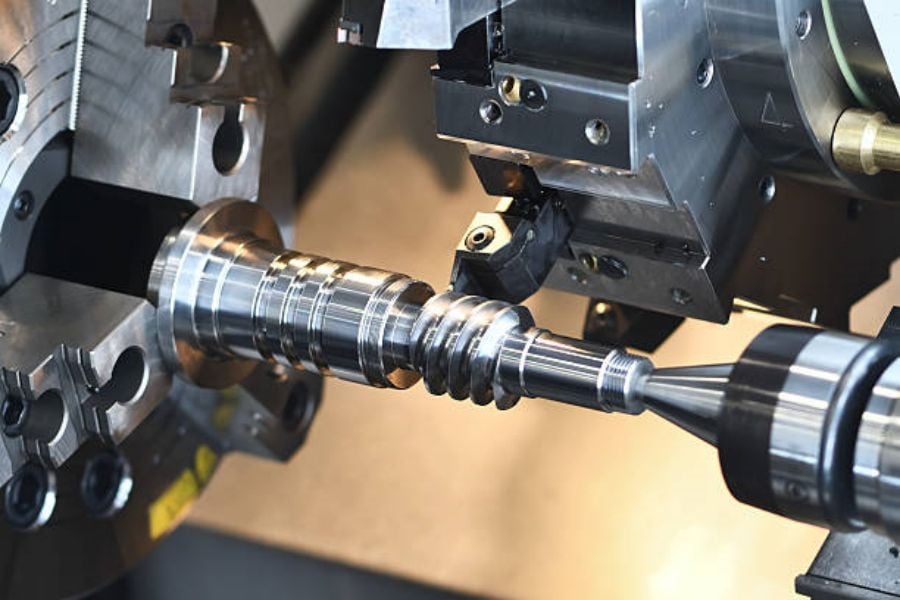The Rise of vertical turning centers: A Comprehensive Guide
Vertical turning centers have become a popular alternative to horizontal lathes for various machining applications. These machines are known for their versatility, high precision, and ability to handle larger workpieces. In this article, we'll explore the many aspects of vertical turning centers and how they can benefit your operations.
What are Vertical Turning Centers?
A vertical turning center (VTC) is a type of lathe that rotates a workpiece on its spindle axis while a cutting tool moves in a controlled fashion to remove material. Unlike horizontal lathes, VTCs are designed to make cuts in a vertical direction. They come in different sizes and can handle different shapes and sizes of workpieces, from small parts to large cylindrical components.
The Advantages of Using a Vertical Turning Center
The use of VTCs provides numerous benefits, including:
- Improved accuracy and precision: The vertical orientation of the machine allows for better chip control and more stability during cutting, leading to higher accuracy and precision in the finished product.
- Increased productivity: VTCs can handle larger and more complex workpieces, reducing the number of setups required and increasing productivity.
- Enhanced flexibility: VTCs can be equipped with different cutting tools and machining heads, allowing for a wide range of machining operations and greater flexibility in manufacturing processes.
- Reduced setup time: VTCs are designed to be easy to set up and operate, which reduces the time required to switch between different jobs.
Types of Vertical Turning Centers
VTCs come in different configurations to meet different machining needs. Some common types include:
- Single-column VTCs: These machines are typically used for smaller workpieces and offer a compact and simple design that is easy to maintain.
- Double-column VTCs: These machines are designed to handle larger and more complex workpieces and offer greater stability and rigidity during cutting.
- Inverted VTCs: These machines have an inverted spindle orientation, which allows for better chip removal and improved ergonomics during loading and unloading of workpieces.
Applications of Vertical Turning Centers
VTCs have a wide range of applications in various industries, including:
- Aerospace: VTCs are used to produce components such as turbine blades, engine parts, and landing gear systems.
- Automotive: VTCs are used to machine engine components, drive shafts, and other critical parts.
- Oil and gas: VTCs are used to machine components for oil rigs, pipelines, and other equipment.
- General manufacturing: VTCs are used to produce a variety of parts, from simple shafts to complex prototypes and custom components.
Factors to Consider when Choosing a Vertical Turning Center
When selecting a VTC, it's important to keep in mind a few key factors:
- Workpiece size and shape
- Spindle power and speed
- Tooling and machining head options
- Accuracy and precision requirements
- Budget and space constraints
Maintenance and Service for Vertical Turning Centers
To keep VTCs running smoothly and efficiently, regular maintenance and service is essential. Proper lubrication, cleaning, and inspection of key components can help prevent breakdowns and extend the life of the machine. Regular training and education for operators is also important to ensure safe and efficient operation.
Conclusion
Vertical turning centers offer a cost-effective, efficient, and versatile solution for machining a wide range of components. By selecting the right machine for your specific needs and maintaining it properly, you can improve productivity, reduce costs, and achieve higher-quality and more precise finished products.

